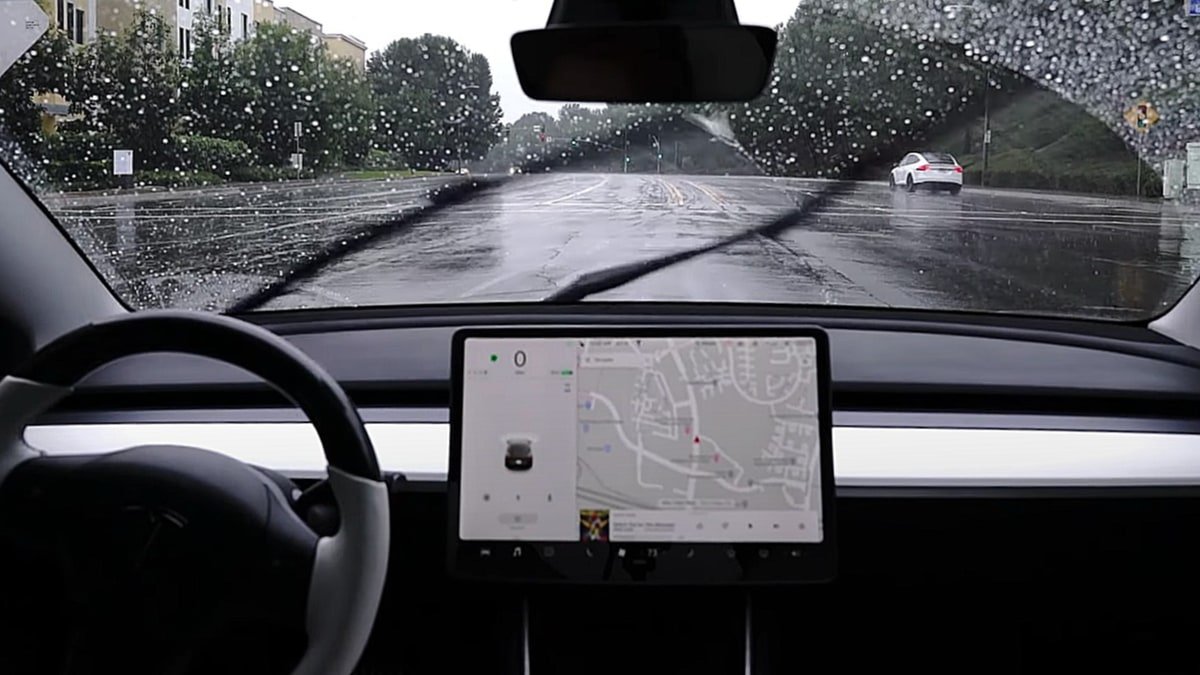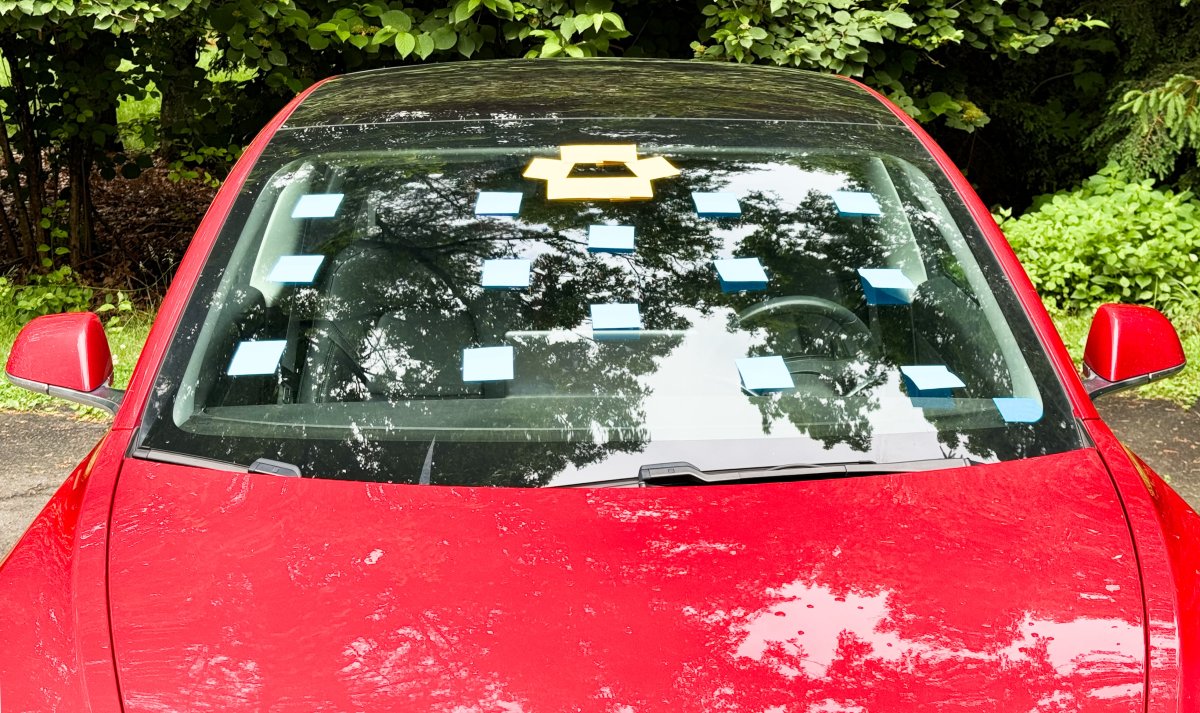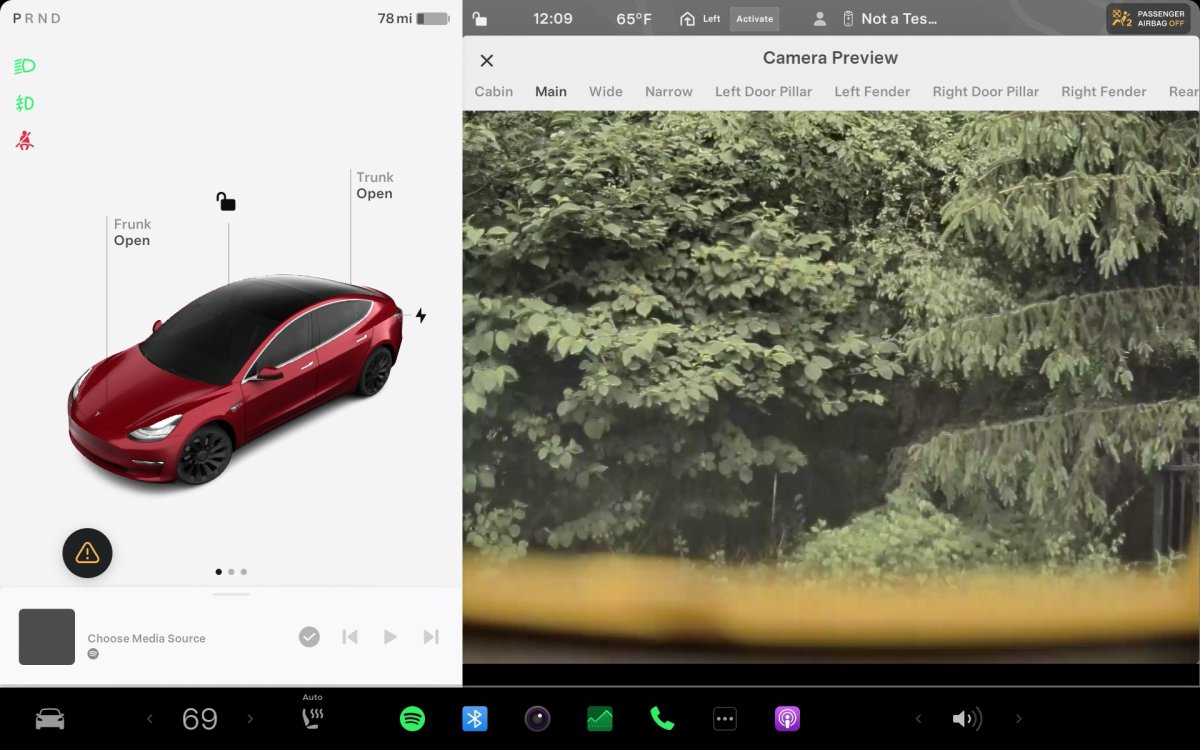May 30, 2024
When it rains, it pours—especially if you're a Tesla owner reliant on the car's Autowipers feature that’s notorious for its inconsistencies. If you’ve ever found yourself manually switching the wipers on a Tesla, you’re not alone. Elon Musk has teased improvements to the Autowipers for years, but a fix always seems to be just out of reach. Let’s dive into why Tesla’s Autowipers struggle and how Tesla plans to tackle this unique challenge.
The Persistent ProblemPicture this: a cloudless, sunny day, and suddenly your Tesla's wipers start swishing furiously against a bone-dry windshield. Or worse, light drizzle begins, and the wipers are comatose. Moderate to heavy rain seems to activate the Autowipers more reliably, but light conditions bring out their erratic behavior, much to the frustration of owners.

The irony lies in Tesla's attempt to solve this issue using cutting-edge technology rather than tried-and-true methods. Tesla relies exclusively on camera-based vision systems instead of traditional rain sensors, which has proven effective for many competitors.
Water on the Windshield? Not Quite...
The core issue resides in the Tesla Vision system itself. Traditional rain sensors can detect water on the windshield quite effectively, but Tesla’s implementation skews differently. Tesla Vision uses a cluster of cameras, but they only capture a small section of the windshield, oftentimes missing out on the telltale signs of rain.
The forward-facing cameras are designed to focus far ahead to help with navigation and driving, leaving a blurry close-up view of the windshield. This disconnect means the cameras struggle to accurately detect smaller droplets, leading to a considerable delay—or complete neglect—in triggering the wipers.
Field Test: Post-It Notes Experiment

We subjected a Tesla to a test by covering the windshield with Post-It notes to mimic water droplets. Even the widest-angle front-facing cameras struggled to detect them. The other front-facing cameras, specifically the “main” camera, picked up barely any of the notes making us realize how limited Tesla’s view of its windshield actually is.

Engineering Challenges
Tesla’s engineers can trigger a wipe when drops land directly in front of the cameras, but this area is minimal, often resulting in delays. The company has also relied on secondary cameras, like the repeater and B-pillar cameras, to anticipate rain. These methods help, but they’re far from perfect and offer too little information too late.
Once fully autonomous driving (FSD) kicks in, you might find your car driving flawlessly in the rain, but your visibility as the driver could still be hampered, requiring manual intervention to clear the windshield. This discrepancy indicates a fundamental issue between what Tesla’s machines see and what drivers need.
Broader Implications and Future Solutions
The challenges extend beyond simple rain detection. Windshields gather grime, bugs, and dirt, affecting visibility and therefore requiring frequent cleans. The complexity of this issue is particularly significant in countries with diverse climatic conditions.
Tesla typically avoids hardware-specific solutions that could complicate manufacturing and increase costs. Instead, the company focuses on multi-functional solutions using cameras wherever possible. This approach has proven effective, as seen with updates to Autopark, but for something as essential as windshield visibility, a dedicated sensor might be imperative.
Tesla’s impending hardware revisions, possibly labeled as “Hardware 5,” might offer a glimpse of hope. Newer models, including the upcoming Cybertruck, are expected to feature advanced cameras that could potentially offer better rain detection. But until these updates roll out, Tesla drivers need to be prepared for more manual management of their wipers.
Real-World Scenarios
If you own a Tesla, try a simple experiment: add water to the windshield and observe the Autowipers’ response. The limited camera view—especially in older hardware versions—reveals just how much the camera struggles to see and react timely. While software updates may improve things gradually, the current hardware sets persistent boundaries.
Subscribe
Subscribe to our newsletter to stay updated on the latest Tesla news, upcoming features, and software advancements.
